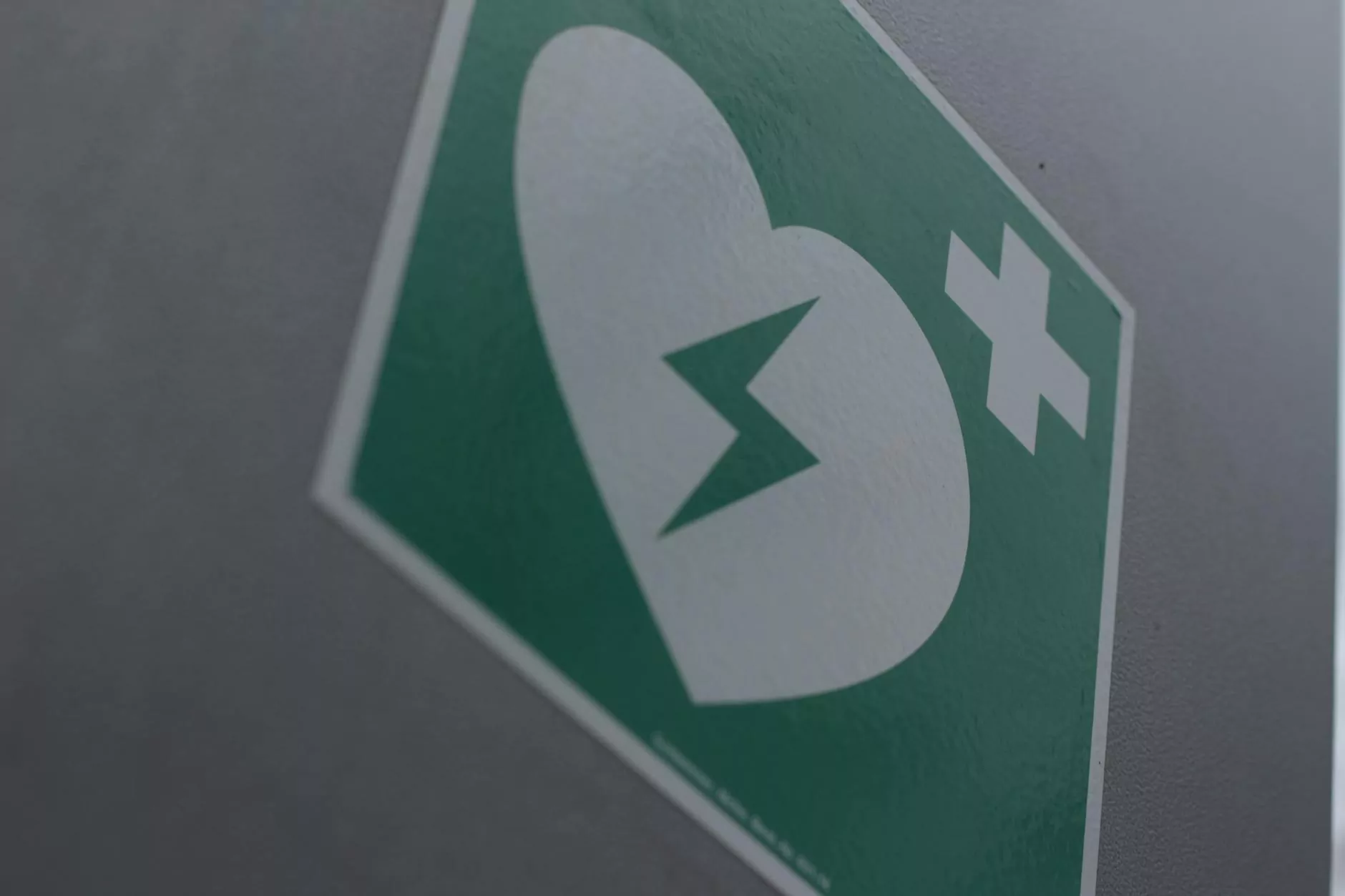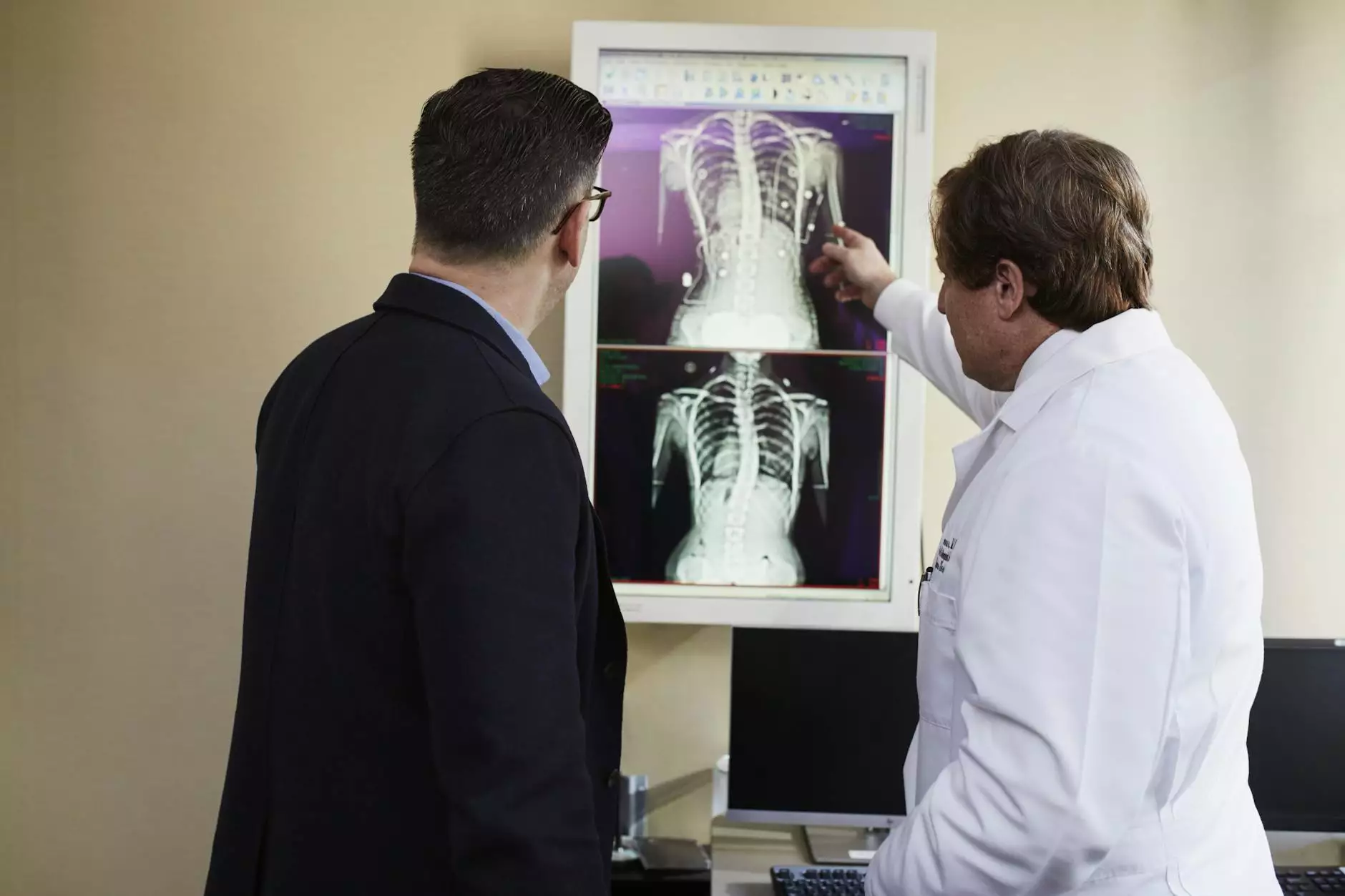Esophageal Varices Causes & Treatment Options

Understanding Esophageal Varices
Esophageal varices are enlarged and swollen blood vessels that occur in the lower part of the esophagus. These blood vessels typically develop as a result of liver disease, such as cirrhosis. When the liver becomes damaged and its function is compromised, blood flow through the liver gets obstructed. This results in increased pressure in the veins, causing them to expand and become varices.
Causes of Esophageal Varices
Esophageal varices are primarily caused by liver disease, particularly cirrhosis. Cirrhosis is often a result of excessive alcohol consumption, chronic hepatitis infection, or other liver conditions. The scarring and damage to the liver leads to increased pressure in the portal vein, which carries blood from the intestines to the liver. When this pressure builds up, blood seeks alternative routes, causing it to flow backward into smaller blood vessels in the esophagus and stomach.
Other less common causes of esophageal varices include:
- Blood clotting disorders
- Thrombosis (blood clots in the portal vein)
- Polycystic liver disease
- Tumors blocking blood flow
Treatment Options for Esophageal Varices
When it comes to treating esophageal varices, the primary goal is to prevent bleeding and manage any underlying liver disease. Here are some common treatment options:
1. Medications
Medications may be prescribed to reduce portal vein pressure and prevent bleeding. These include beta blockers, such as propranolol or nadolol, which help lower blood pressure. Additionally, medications like vasopressin or somatostatin can constrict blood vessels and reduce blood flow to the varices.
2. Endoscopic Therapy
Endoscopic therapy involves using a thin, flexible tube with a camera (endoscope) to identify and treat esophageal varices. This can be done through various methods:
a. Elastic Band Ligation (EBL): During this procedure, small elastic bands are placed around the varices to cut off their blood supply. Over time, the varices shrink and eventually fall off.
b. Sclerotherapy: In sclerotherapy, a sclerosing agent is injected directly into the varices, causing them to scar and close off. This prevents bleeding and reduces the risk of rupture.
3. Transjugular Intrahepatic Portosystemic Shunt (TIPS)
TIPS is a procedure that involves creating a connection between the portal vein and the hepatic vein. This helps redirect blood flow and reduce pressure within the varices. By doing so, the risk of bleeding is significantly reduced.
4. Liver Transplantation
In severe cases where the liver is extensively damaged, a liver transplant may be recommended. This involves replacing the diseased liver with a healthy one from a donor.
Prevention and Outlook
Preventing esophageal varices primarily involves taking steps to prevent liver disease. This includes:
- Avoiding excessive alcohol consumption
- Getting vaccinated against hepatitis A and B
- Practicing safe sex to prevent hepatitis transmission
- Using precautions to prevent the spread of hepatitis C, such as not sharing needles
It is important to note that esophageal varices can be life-threatening if they rupture and result in bleeding. Seeking early diagnosis and appropriate treatment is crucial for managing the condition and reducing the risk of complications.
If you suspect you may have esophageal varices or have any concerns about your liver health, contact Minneapolis Weight Loss Doc today. Our team of experts can provide you with a comprehensive evaluation and guide you through the best treatment options for your specific needs.




